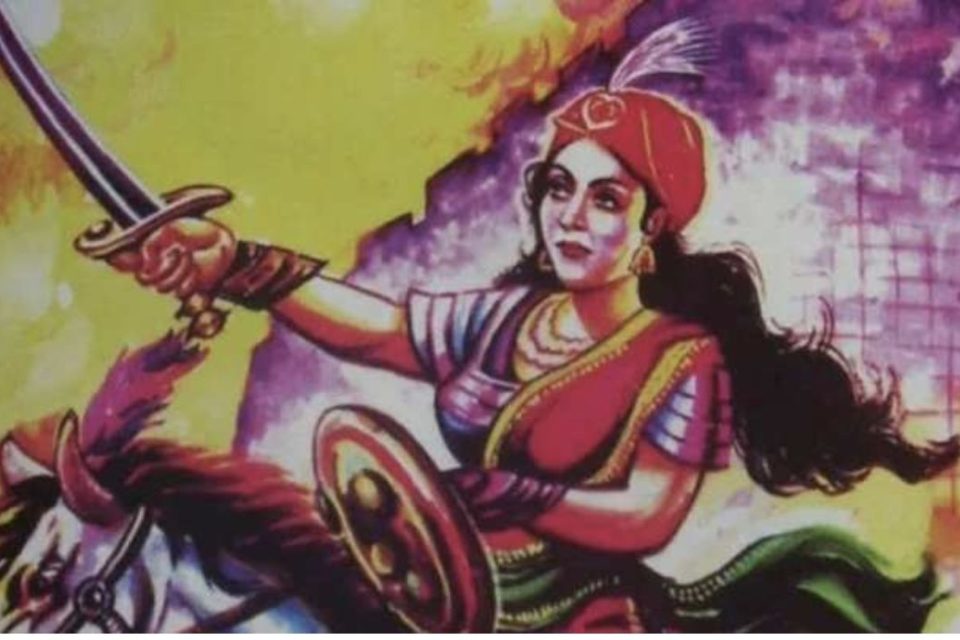Dalit Women Contributors That You Know Little About

Women leaders have been given very little credit or acknowledgment for their existence. ?ey usually exist as some Maharaja’s wife in our history textbooks. Now add to the women’s quotient, the word ‘Dalit’. Women belonging to backward classes face casteism added to the discrimination faced by a woman. If you look at feminism through an intersectional lens, you will realise the issues that Dalit women face are doubly multiplied.
SHIVANGI MUKHERJEE
Dalit Women Contributors have gone through the same struggle. In fact, their existence, if at all any in history textbooks, has been erased. What remains are accumulated accounts from various sources. Today, let’s talk about a few forgotten Dalit Women Contributors, who have been revolutionary and must have graced our history textbooks.
Suggested Read: Caste-Based Discrimination In Educational Institutions At Rise: Are We Tackling This Right?
Dalit Women Contributors ?at History Textbooks Ignored
Nangeli
Nangeli was the first Dalit woman from the early nineteenth century to have challenged the oppressive breast tax at the time. Belonging to the Ezhava caste, she was located in Cherthala, Allapuzha. Women from the Ezhava community were forbidden from covering their breasts in front of upper-caste men. A mula karam (breast tax) needed to be paid by these women to cover their chests. Furthermore, the amount of tax a woman paid to cover her breasts with clothing depended on the breast size.
Nangeli covered her breasts without paying mula karam. Protesting against the breast tax, Nangeli cut off both her breasts and presented them on the banana leaf to the tax collector. Thereafter she bled to death. The tax was removed.
Uda Devi
Uda Devi was a freedom fighter in the late 19th century. She hailed from a small village in Lucknow and belonged to the Dalit Parsi community. She fought against the British East India Company in 1857. She did this under the guidance of Begum Hazrat Mahal with the women’s battalion. She vowed to avenge her husband against the British and attained glory at the battle of Sikandar Bagh, in 1857. She sat perched on a tree top and took out more than a dozen men from the British force. She was eventually killed in battle. Sant Soyarabai Existing in the early 14th century, Soyarabai belonged to the Mahar community. She was known for the abhangs (Verses) she wrote for freedom. Her abhangs reflect the caste and gender discrimination prevalent in society at the time. However, she did not let any of this affect her spirituality. She felt at peace and one with God through her abhangs.
Jhalkaribai
Belonging to the Kori community, Jhalkaribai was a Dalit warrior and counsel to Rani Laxmibai. As she came from poverty, she was unable to attain formal education. She was skilled in horseback riding and weaponry. Her fighting skills gained her entry into Rani Laxmibai’s army. She shared an uncanny resemblance with Laxmibai and commanded her troops in Laxmibai’s absence. Jhalkaribai contributed to the Revolt of 1857.
These are a few of the Dalit contributors, there are many who stood for their beliefs and took roads of the struggle to fight injustice. However, even today very little documentation is available on the contributions of these Dalit women contributors. Caste-based discrimination exists even today in society
Courtesy : She The People
Note: This news piece was originally published in shethepeople.com and used purely for non-profit/non-commercial purposes exclusively for Human Rights.







